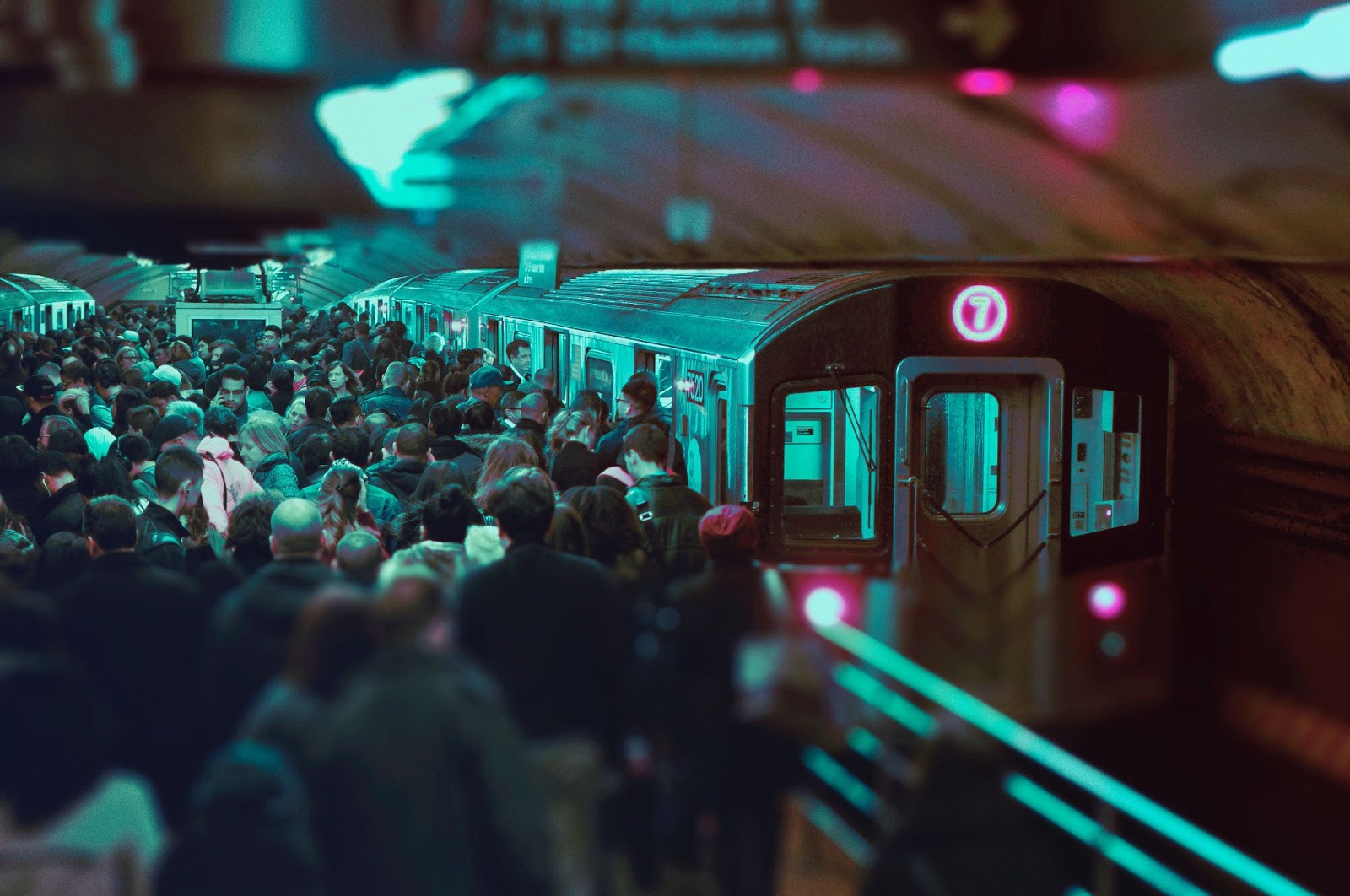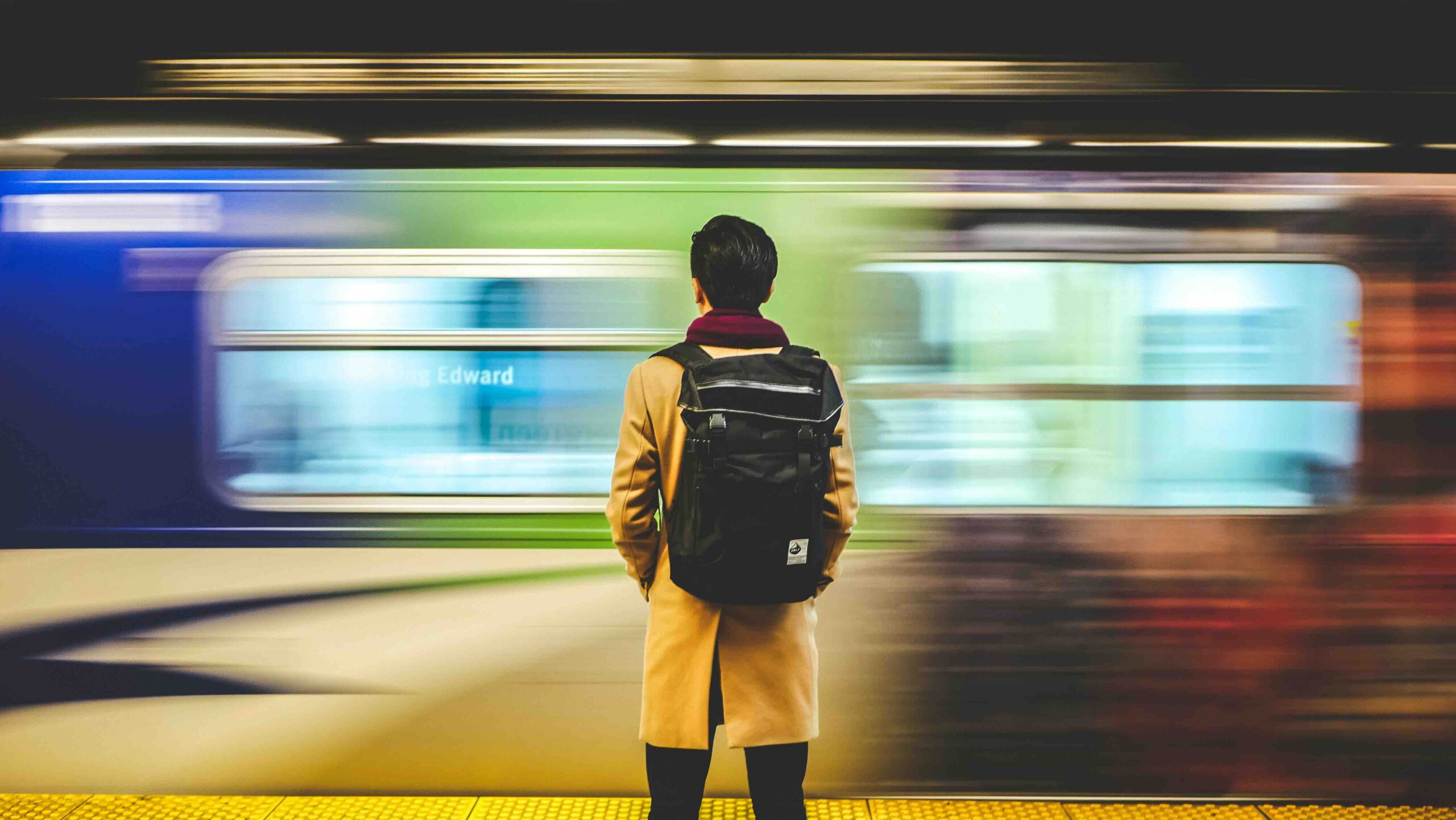In cities like New York, Washington, D.C., and Chicago, several mass public transportation options exist. The subways in New York and Chicago and the Metro in D.C. are representative of these cities’ efforts to keep the number of cars in the city to a limit.
However, these efforts can’t be done unless cities have a methodology that will strictly limit cars in the city. They need to be able to track data and statistics like the number of vehicles entering the city, people who take the subway or bus, and how people pay for these transportation options. Urban transportation consulting firms can assist if a municipal authority is struggling to develop ample transportation tracking systems and maintenance.

Photo Courtesy Victor Rodriguez
Technological Solutions
One urban planning firm that has helped many cities implement and improve public transportation is WSP. Using the firm’s Mobility Marketplace strategy, WSP provides a city with technologically advanced solutions to curb pollution and enforce greater adoption of mass transit. This includes everything from improved traffic lights and crosswalks to automated tolls and ticket-scanning devices.
WSP’s mission is to make mass transit simple and convenient for citizens. It also helps find the best fare price to ensure mass transit is affordable, while assisting the city to make money. That means giving citizens access to train schedules, weather reports, and traffic alerts. The firm tailors its approach based on an individual city’s need, so every transportation plan it creates differs depending on the existing infrastructure and how it can be improved.

Photo Courtesy K Howard
A popular method of transportation WSP has recommended for cities is a light rail and streetcar system, similar to a monorail. Much like how underground subways allow for an urban population to quickly and efficiently get from uptown to downtown without having to drive or use a car, light rail cars act as an above-ground train system.
Examples of this include the TRAX system in Salt Lake City, UT. Operating like a train and bus hybrid, light railways run adjacent to vehicle traffic flow and make stops along specific routes. WSP hails the light rail as one of the most convenient methods of public transportation and a “catalyst for economic development.”
It’s a much more sustainable transportation system, one that can include integrated systems like smartphone apps that have schedules, routes, and real-time updates. It’s all about providing the easiest transportation experience for civilians.
Improving What’s In Place
WSP isn’t the only multimodal consulting firm pioneering the shift for America’s cities to move off car reliance. The California Integrated Travel Project is doing similar work by crafting a uniform public transportation scheme for California’s cities. It has already implemented some strategies in places like Monterey, where a fare cap was set up to ensure that riders were not spending more than $10 a day on public transport.
Contactless payment systems were also installed to improve the flow of foot traffic in stations. This effort is a perfect example of how multimodal systems can work: improving an existing transportation system by making subtle adjustments.
As public transportation continues to become more convenient and American cities expand beyond just buses and trains, the effects of multimodal transportation will be greatly felt.
“We must seize this opportunity to reimagine the way cities, communities, and transportation systems are designed — with climate, equity, health, and safety at the forefront,” David Kim, senior vice president of national transportation policy and multimodal strategy at WSP, wrote in a “GreenBiz” op-ed.





